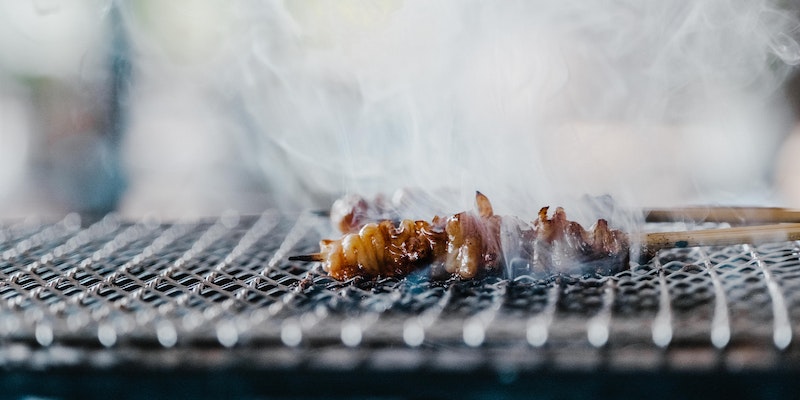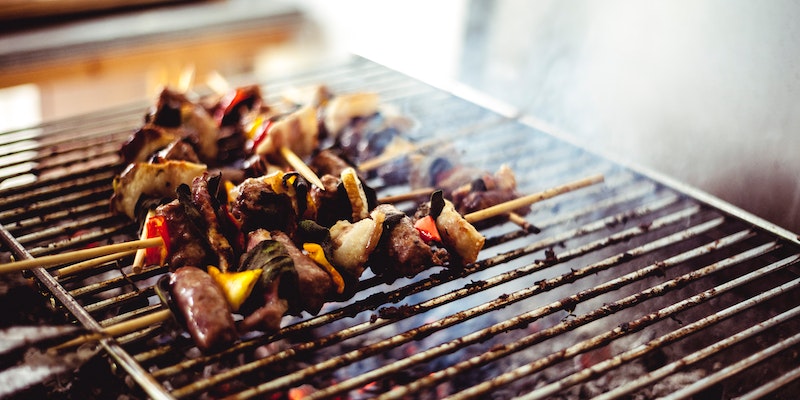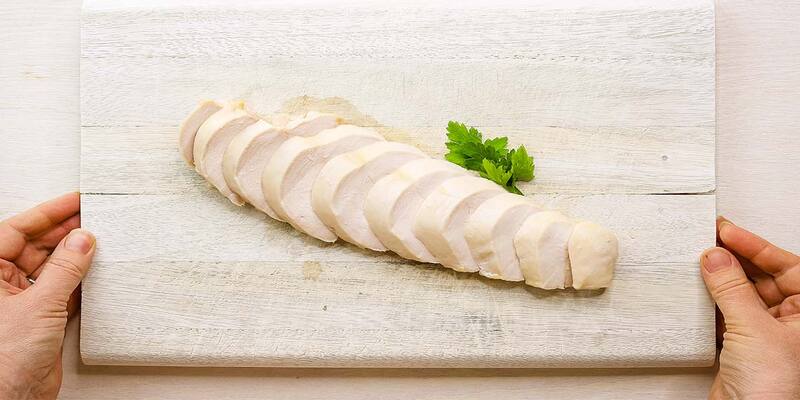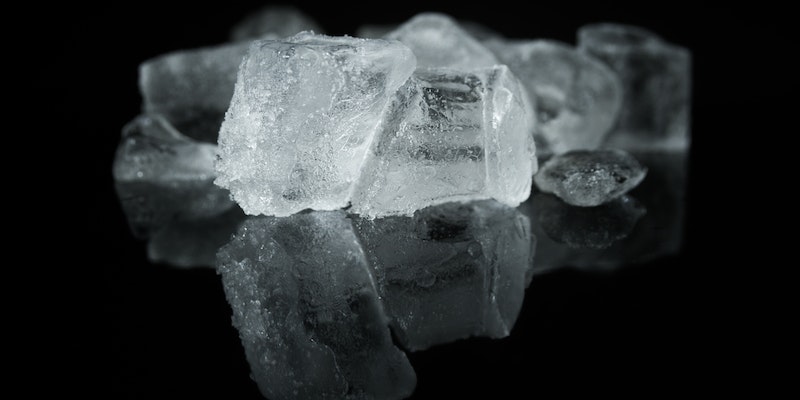The Smoke Point: What It Is and How It Affects Your Cooking
Sep 13, 2023 By Triston Martin
You're in the kitchen, excited to try out a new recipe you found for seared tuna steaks. The ingredients are prepped, the pan is hot, and you carefully add the oil. But as soon as the tuna hits the pan, your kitchen fills with a billowing black smoke. Coughing, you turn off the stove and wave away the smoke with a towel, disappointed at another failed culinary adventure.
What went wrong? Chances are, you surpassed the smoke point of your cooking oil. The smoke point is one of the most important characteristics of any cooking oil but is often overlooked. Get ready to become a smoke point expert - your taste buds will thank you!
What Is Smoke Point and Why It Matters?

The smoke point refers to the temperature at which cooking oil starts to break down and smoke. The importance of smoke point relies on choosing the right oil for your cooking method. When oil reaches its smoke point, it starts to break down and release harmful compounds that can affect your food's flavor and nutritional quality. The oil also becomes more prone to catching on fire. Yikes!
For high-heat methods like frying and searing, use oils with high smoke points. These oils can handle the heat without burning. For lower-heat cooking or drizzling, go with oils with lower smoke points, such as olive, walnut, or flaxseed oil. Their flavor is better suited for salads and such.
Now that you understand this key concept, you'll be sautéing, stir-frying, and searing like a pro in no time! Selecting the right oil for the job will make your food taste better and be better for you, too. Understanding the smoke point is one of the simplest ways to up your cooking game.
When cooking, keep a close eye on your oil. If it starts smoking, remove from the heat immediately. Burnt oil equals burnt food, and no one wants that! By choosing the right oil and keeping an eye on the temperature, you'll be creating delicious, restaurant-quality meals at home. How's that for empowering?
How to Use Smoke Point to Choose the Right Cooking Oil
When it comes to cooking, the Importance of smoke point of an oil is one of the most essential things to consider. The smoke point refers to the temperature at which an oil starts to break down and smoke. Choosing an oil with a high enough smoke point for your cooking technique is key to avoiding smoke point smell and harmful compounds.
High-Heat Cooking Methods
For high-heat cooking methods like frying and sautéing, you'll want to use oils with higher smoke points, such as peanut, sunflower, or grapeseed oil. These oils can handle the heat without burning, allowing you to achieve that perfect crispy sear or golden brown color.
Moderate-Heat Cooking
For moderate-heat cooking like baking or making salad dressings, a mid-range smoke point oil like canola, corn, or coconut oil works well. They provide plenty of flavor without the risk of smoking.
Low-Heat Cooking

For no-heat or low-heat needs like making infusions, drizzling over dishes, or general-purpose cooking, choose a low-smoke point oil such as olive oil, walnut oil, or flaxseed oil. Their rich flavors shine through without being destroyed by heat.
Now that you understand this essential cooking concept, you can confidently choose the right oil for whatever culinary adventure you embark on. Heat up your pots and pans - your creations will turn out delicious every time, thanks to the magical powers of the smoke point!
Tips for Cooking With Oils Below Their Smoke Point
Cooking with oils that have a low smoke point can lead to ruined dishes and unpleasant flavors, but with a few tips, you'll be frying and searing like a pro in no time!
Choose an Oil with a High Smoke point for High-Heat Cooking
For methods like frying, searing, and stir-frying, use an oil with a high smoke point, like peanut, sunflower, or grapeseed oil. These oils can handle the high temperatures needed for properly browning meats and vegetables without burning. Save delicate olive oil for dressings, dips, and lower-heat cooking.
Monitor the Oil Temperature
Keep a close eye on the oil temperature when cooking over high heat. For frying, use a kitchen thermometer to ensure the oil stays between 350 to 375 F. For searing, wait until the oil is shimmering and releasing wisps of smoke before adding ingredients.
Don’t Overcrowd the Pan
Add ingredients to the hot oil in a single layer so they have plenty of space to cook evenly. Overcrowding the pan will cool the oil and steam the ingredients, leading to soggy results. Fry or sear ingredients in batches if needed, allowing the oil to reheat between additions.
Carefully Add Wet Ingredients
When adding ingredients with lots of surface moisture, like meat, fish, or vegetables, carefully slide them into the hot oil one by one. The moisture can cause splattering if several pieces are added at once. Make sure you have a splatter guard ready to protect yourself and your stovetop!
Drain Fried Foods on Paper Towels
Drain fried ingredients on paper towels or wire racks after cooking. This will soak up excess oil and keep them crispy. Don’t pile them on top of each other, which can lead to steam buildup.
By choosing the right oil, monitoring the temperature, avoiding overcrowding the pan, being careful when adding wet ingredients, and adequately draining fried foods, you'll be cooking with high heat in no time. Enjoy your crispy, golden brown results!
Wrap Up!
So now you know all about the smoke point and how important it is to cook with oils. Armed with this knowledge, you can transform your cooking by choosing the right oils for the job. Whether you want an oil with a high smoke point for searing and sautéing or a lower smoke point for dressings and marinades, you have the information to make the perfect choice.
You're ready to experiment with different oils and cooking techniques to create amazing, flavorful dishes. Get in the kitchen, turn on the stove, and start cooking with confidence, knowing you understand this fundamental concept. Your food is about to get a whole lot tastier!
-
 Feb 13, 2023
Feb 13, 2023Everything You Should Know About Umami-Rich Recipes
Starting the year off with a healthy and nutritious diet doesn't have to mean sacrificing flavor. Incorporating umami-rich ingredients into your meals can add depth and richness to your dishes, making them more satisfying and enjoyable. From roasted tomato and red pepper soup to caramelized peach and vanilla bean tart, there are plenty of umami-rich recipes to choose from. Try incorporating some of these recipes into your meal plan and enjoy a delicious and nutritious start to the year
-
 Feb 14, 2023
Feb 14, 2023Why Prepare Chicken Breast With Sous Vide?
Cooking chicken breast sous vide is a cooking method in which vacuum-sealed food is cooked in a precisely controlled water bath at a low temperature for an extended period. This results in evenly cooked, juicy, and tender chicken with little to no risk of overcooking. Sous vide also allows for greater control over the final texture and temperature, ensuring consistent results. It's a convenient and hands-off cooking method, making it perfect for busy home cooks.
-
 Sep 18, 2023
Sep 18, 2023Melting the chill: Debunking 5 common myths about ice
Do you want to discover the truth about ice? Read this eye-opening article as we debunk 5 commonly believed myths about ice.
-
 Sep 16, 2023
Sep 16, 2023Creative Fixes to Rescue Your Leftovers: Transforming Funky Foods Into Scrumptious Meals
Grasp the phenomenon that turns leftovers funky and convert them into delicious dishes with these creative fixes. No more wasting food or money!
